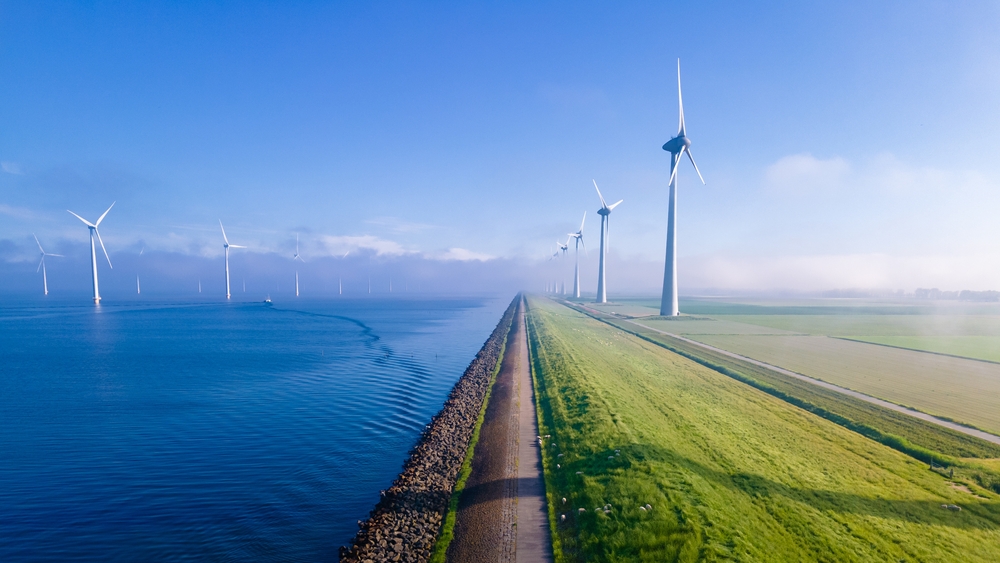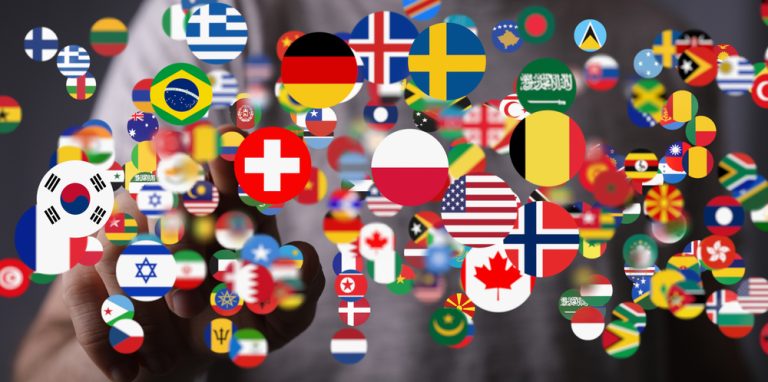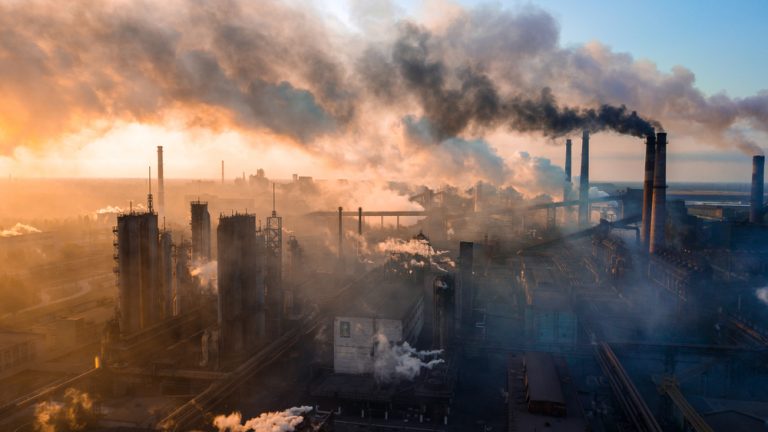
War in Ukraine turns green energy into a pipe dream for the EU
As a child everyone believes in Santa Claus, who leaves a present under the tree every Christmas. As a child grows up, he realizes that it was just a fairy tale his parents told him for his own good and joy, and he doesn’t feel any negativity about it. “Green energy” became the very Santa Claus for European society, but circumstances in the form of the conflict in Ukraine and the subsequent energy crisis made the psychological rejection of it not at all voluntary and too abrupt. Suddenly, the idea of existence of Santa was aggressively imposed in the head of an immature, infantile child, and he did not want to accept the truth. It also turns out that the “parents” represented by the EU authorities, who promised a bright energy future already by 2035, did not care about their “child”, but simply lied and immediately abandoned their lies when they were no longer profitable.

Apparently, those who condemned the introduction of “green energy” back then when it wasn’t mainstream are now rejoicing. Now, most of the “progressive” media accept the following theses: all types of wind and solar power plants have become expensive, unsafe, and unable to cover the energy needs of European countries. Moreover, “in order not to lose face, “environmental activists” are forced to consider “green” energy sources such as nuclear power plants and even natural gas, which they previously vehemently hated and called for the eradication of. With the economic crisis, “green energy” is demanding for more now, to realize this “dream” in many from now. The EU authorities are facing a difficult choice, and amid these potential opportunities and for the sake of current savings, Europe is willing to use traditional energy resources at the expense of the environment to have at least a hypothetical opportunity to spend the next few years relatively comfortable. The economy has triumphed over ecological “castles in the air”.
“Green initiatives” proved useless against the very real problem of cheap energy shortages in Europe. Representatives of the Green Party in the European Parliament declare the need to invest another 300 billion euros in the development of renewable energy sources as part of the energy reform, which is planned to start only in 2023. However, Europe does not have enough money for such initiatives, nor the time to wait for their implementation. Now the conflict in Ukraine is forcing the EU to give up Russian gas, oil, and coal, but not to give up “traditional” energy resources in favor of “green energy”. Instead, Europe will buy Colombian or South African coal at higher prices, even though this coal is of worse quality. In addition, Europe is even ready to run emergency nuclear reactors, about the soon complete closure of which cheerfully reported not long ago. Eventually, the EU is ready to supply liquefied natural gas (LNG) from Australia, the US and Canada at prices that have doubled. However, even these costs are still less costly and more rewarding than continuing to play the “bright green future” game. And the shock of leftist and “green” politicians who have parasitized this agenda for years will be of little concern to anyone.
To be fair, the EU did get 22% of its energy use from renewable sources in 2020, but this figure was reached by the Nordic countries, and they achieved it only because they were using hydroelectric power plants. Mainland Europe, no matter how hard it tried, could not give up “traditional” types of energy – before the main supplier of such energy resources was Russia, and now this “empty space” will be occupied by other suppliers, but not “magical elven environmentally friendly generators”. A striking example of new trends and “ideological schizophrenia,” where the main goal of a “green future” has turned into dangerous nonsense, was the largest country in the EU – Germany.

Germany is studying the possibility of using three new nuclear power plants to generate electricity. This was stated by Chancellor Olaf Scholz, who also said that Germany saves gas by, for example, reactivating coal-fired power plants, which could start operating again. You have to admit, it’s hard to imagine a dirtier energy industry than coal. Against the backdrop of the energy crisis, German authorities may also lift the coalition’s ban on shale gas and oil production in the country’s coastal areas in the North Sea. Of course, the new “regressive” transformations could not but cause a negative reaction of “environmental activists,” whom the government has been nurturing for decades. For example, they oppose the construction of the planned liquefied natural gas terminals on the northern coast of Germany. The “environmentalists” organized a protest camp in Hamburg, called System Change Camp, which attracted several thousand people. These same activists were already involved in preparing a major demonstration against the G20 summit in Hamburg in 2017, and therefore claim success. However, they should understand that the state machine is no longer working on their side. This applies not only to Germany, but also to other countries, such as France and Great Britain, which deserve a separate story about how they are getting rid of the “green fairy tale. This phenomenon may now be total or even irreversible in Europe. It is obvious, even to the most indifferent person, that this change of perception is the will of the establishment, which is inevitable. Only one question continues to bother us: which kind of other “fairy-tale heroes” will the establishment come up with to blur the heads of Europeans, and when will they return to their fairy-tale world?


Reading your article helped me a lot, but I still had some doubts at the time, could I ask you for advice? Thanks.
Reading your article helped me a lot and I agree with you. But I still have some doubts, can you clarify for me? I’ll keep an eye out for your answers.
Your article helped me a lot, is there any more related content? Thanks!